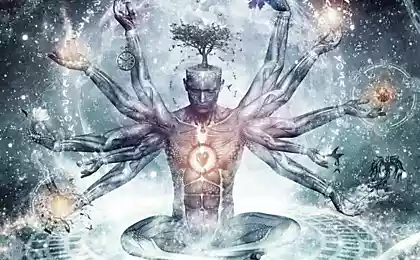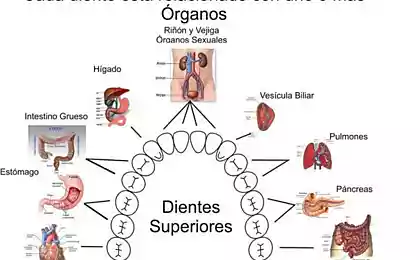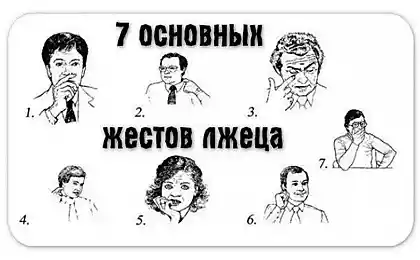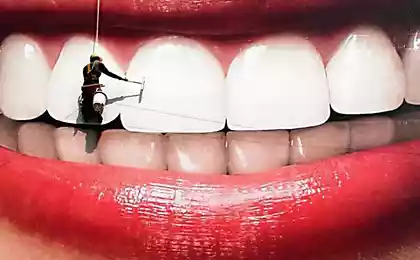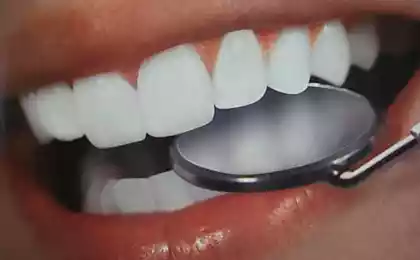290
A Smile: The Forgotten Story of a Gesture We Face Every Day
Today, a smile is perceived as a universal symbol of friendliness, joy and openness. However, behind this seemingly natural expression is a complex and sometimes grim story rooted in antiquity. Few people know that the display of teeth, which we today consider a manifestation of positive emotions, had a very different meaning in the past and was often associated with humiliation and submission.

The Dark Origin of a Smile: The Slave Context
In the heyday of the slave system, which has existed in various forms for thousands of years in many civilizations – from ancient Egypt and Rome to colonial America – human beings were treated as commodities. When buying slaves, potential owners conducted a thorough inspection, seeking to assess the physical condition and, accordingly, the potential value of the acquired “property”.
Particular attention was paid to the condition of the teeth of slaves. Slaves were lined up and forced to open their mouths wide, showing their teeth. Those who refused or resisted the procedure were severely punished. This practice was based on the understanding that dental health is a reliable indicator of a person’s overall health.
Experienced slavers could determine the age, nutrition and susceptibility of a person to certain diseases by their teeth. Poor dental health indicated health problems, nutritional deficiencies, or chronic infections. Cavities, missing teeth, or signs of gingivitis indicated potential risks to the buyer – such a slave could get sick faster, work less, and therefore represent a less profitable acquisition.
Demonstration of teeth as a ritual of submission
Forcing them to show their teeth went beyond mere medical testing. It was an act of displaying power and submission, a ritual that psychologically anchored social hierarchy. The slave, forced to open his mouth on command, clearly demonstrated his status as an object, not a subject.
“Smile when you show your teeth. “Healthy teeth raise the price.” – A common advice to slaves given by intermediaries in preparation for sale, according to nineteenth-century historical evidence.
There are cases when slaves were specially prepared for sale using primitive methods of teeth whitening or temporary elimination of signs of gum disease. It was a kind of “cosmetic correction” designed to inflate the value of a person at auction.

From Slavery to Weddings: The Evolution of Tooth Showing
Interestingly, the practice of displaying teeth as an indicator of health and value has spread beyond the context of slavery. In the traditions of many cultures up to the XX century, the bride was required to demonstrate the condition of the teeth.
In an era when marriage was seen primarily as an economic and social contract rather than a romantic union, the health of the future spouse was of practical importance. The groom's family sought to ensure that the bride would be able to give birth to healthy children and would not require significant treatment costs.
In some European countries up to the beginning of the XX century, there were special rituals of sedans, during which the potential bride had to demonstrate not only physical attractiveness, but also physical health, including the condition of the teeth. Similar practices existed in various parts of Asia, especially in the context of arranged marriages.
Thus, in traditional Japanese society of the Edo era, when organizing a matchmaking, the groom’s family could ask the bride’s family for a detailed description of her health, including the condition of her teeth. In some regions of China and India, a bride’s good teeth were seen as a sign that she came from a well-off family with sufficient resources to ensure proper nutrition.
Transformation of coercion into a social gesture
Gradually, forced tooth demonstration evolved into more complex social functions. With the development of society and the rejection of explicit coercion, the display of teeth transformed into a smile - a gesture that became voluntary and denoted friendliness and openness.
However, remnants of the original meaning of the smile as a demonstration of obedience can be observed in various social contexts today. For example, some cultures still believe that women should smile more often than men, which can be interpreted as an echo of the gender hierarchy.
Smile in the modern world: from coercion to sincerity
In modern society, the smile has acquired new dimensions and functions. It has become an important element of nonverbal communication, a way of expressing emotions and establishing social connections. Even today, different cultures have different approaches to smiling.
In Western cultures, especially in the United States, a broad smile is considered the norm in social and business contexts. Smile is associated with openness, friendliness and positive attitude. In contrast, in some Asian cultures, such as Japan or China, excessive smiles can be perceived as immaturity or insincerity, especially in formal situations.
Cultural features of a smile that should be considered
- In Russia and Eastern Europe, an unreasonable smile can be perceived with suspicion, there is even a saying “Laughter without a reason is a sign of a fool.”
- In the US, a lack of smile is often interpreted as a sign of unfriendliness or even depression.
- In Japan, a smile can mean not only joy, but also embarrassment, discomfort or even sadness.
- In Arab countries, it is important to distinguish between a smile of politeness and a sincere smile, which is shown only to loved ones.

Social Smile: What Science Says
Modern research in the field of psychology and neuroscience has allowed to distinguish different types of smiles and the mechanisms of their formation. The most famous difference is between a genuine Duchenne smile and a social smile.
The sincere smile, named after French neurologist Guillaume Duchenne, involves not only the muscles of the mouth (the large zygomatic muscle), but also the muscles around the eyes (the circular muscle of the eye). These muscles are difficult to control consciously, so their activation is considered a reliable sign of genuine positive emotions.
A social smile, in turn, is consciously controlled and used to conform to social norms, show politeness, or achieve certain communicative goals. Interestingly, the ability to distinguish between these types of smiles is developed in people from early childhood and is an important social interaction skill.
According to research by evolutionary psychologists, smiling as a demonstration of teeth may have originally been associated with the expression of threat in primates. In many species of monkeys, a grin is a sign of aggression or fear. In the process of human evolution, this gesture was reinterpreted and acquired the opposite meaning - a signal of friendliness and absence of threat.
Practical recommendations: the language of smile in the modern world
Understanding the cultural and historical aspects of a smile can help us make more conscious use of this gesture in everyday communication. Here are some practical recommendations:
- Consider the cultural context. When communicating internationally, keep in mind the differences in perceptions of smiles across cultures.
- Distinguish the types of smiles. Learn to recognize a sincere smile by the characteristic wrinkles around the eyes (the so-called “crow’s feet”).
- Use your smile consciously. Remember that a smile is not only an expression of emotions, but also a communication tool that can convey various messages.
- Don't demand smiles from others. Given the historical significance of forced tooth demonstration, respect other people’s right not to smile if they don’t want to.
- Pay attention to the eyes - with a sincere smile, the muscles around the eyes are activated
- A genuine smile is usually symmetrical.
- Social smiles often appear and disappear too quickly or, conversely, persist unnaturally long.
- Look at the overall facial expression – a genuine smile is consistent with other facial expressions
Smile as a symbol of the evolution of human relations
The story of a smile is the story of the transformation of a gesture of coercion and submission into an expression of sincerity and friendliness. It reflects the evolution of human relationships from dominance-based hierarchical structures to more egalitarian and empathetic interactions.
Understanding the historical roots of this habitual gesture allows us to understand more deeply how complex and ambiguous body language can be, which we use automatically. Behind every seemingly simple and natural gesture may lie a rich history, reflecting the evolution of human society and culture.
The next time you smile or see another person smile, you may remember this amazing journey of ordinary facial expression through centuries of human history.
Glossary of terms
Duchenne's smile
A sincere smile, which involves not only the muscles of the mouth, but also the muscles around the eyes. It is named after the French neurologist Guillaume Duchenne, who first described the difference between a sincere and a social smile.
Nonverbal communication
Transmission of information or influence on the interlocutor without using words, through gestures, facial expressions, posture, intonation and other non-verbal signals.
Social smile
A type of smile that is used to maintain social norms and does not necessarily reflect a person’s true emotions. It is characterized by the activation of only the muscles of the mouth, without involving the muscles around the eyes.
Circular muscle of the eye
Facial muscle located around the eye orbit, which is activated by a sincere smile and emotional laughter. Its reduction creates characteristic wrinkles at the outer corners of the eyes.
Cultural relativity
The concept that certain behaviours and social norms should be understood in the context of a particular culture rather than being judged by universal standards.
Evolutionary psychology
A scientific approach that studies psychological mechanisms in terms of their evolutionary origin and adaptive function in the process of natural selection.
Modern solutions for exchange and investment in cryptocurrency
7 annoying things you do because you want to always be right








